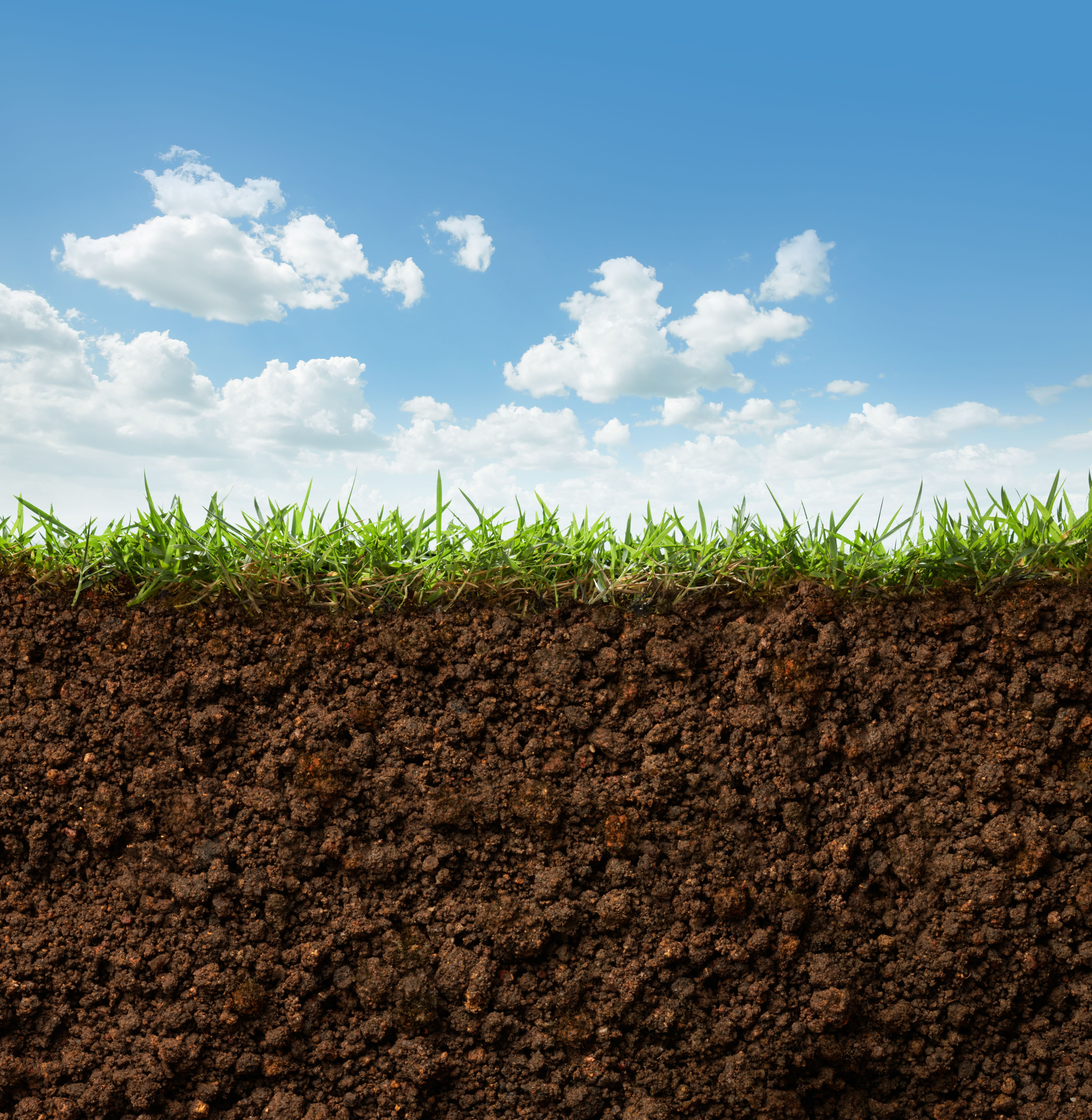New Method Combines Laser-Induced Breakdown Spectroscopy and Ion Enrichment Chip for Chromium Detection in Water and Soil
Researchers have developed a novel method, IEC-LIBS, which combines laser-induced breakdown spectroscopy and an ion enrichment chip for sensitive and rapid detection of chromium in different valence states in water and soil. The study demonstrates the effectiveness of this simple and environmentally friendly approach, offering potential for field applications and compliance with environmental quality standards.
There is a new method called ion enrichment chip–laser-induced breakdown spectroscopy (IEC-LIBS) that is being used for various environmental applications, including rapidly and detecting chromium in water and soil (1). A new study published in the Journal of Analytical Atomic Spectrometry showshow IEC-LIBS was used to detect trace concentrations of chromium in water and soil resourcefully (1).
grass and soil | Image Credit: © Okea - stock.adobe.com

IEC-LIBS combines IEC technology with LIBS (1). The technique can detect the various valence states of the element chromium in specific matrices (1). Both IEC and LIBS perform specific functions to accomplish this feat. First, the IEC component contains a chip with a millimetric channel, which is used to separate and enrich total chromium and chromium (VI) from the sample (1). Then, LIBS is used for analyte detection (1). This approach integrates the advantages of both IEC and LIBS, which is why it was an optimal technique to detect chromium in water and soil samples (1). As a result, IEC-LIBS is a valuable technique with distinct advantages. The biggest benefit of using this technique is that it is environmentally friendly. The researchers also showed in the study that IEC-LIBS is an efficient solution for the detection of trace amounts of chromium in different valence states (1). The study serves as evidence that IEC-LIBS can be applied to other applications in field settings to ensure compliance with the environmental quality standards that are in place (1).
This study detects trace elements of chromium. Chromium is commonly found in both trivalent (Cr(III)) and hexavalent (Cr(VI)) states in the environment (1). Because of its high toxicity, Cr(VI) is troubling when it is present in water and soil (1). The researchers in this study set out to solve a problem in environmental analysis, which was to come up with a solution that can detect trace concentrations of different Cr valence states while remaining efficient and friendly to the environment.
The results of this study show how this technique took advantage of the strengths of each component in order to perform the necessary analysis. The detection limits of total Cr and Cr(VI) in water were determined to be 10 μg/L and 4 μg/L, respectively, with recovery rates ranging from 90 to 114% in spiked pool water samples (1). For the soil analysis, the method demonstrated good quantitative ability, with detection limits of 13.6 mg/kg for total Cr and 3.8 mg/kg for Cr(VI) (1).
To conclude, this study utilizes IEC-LIBS in an environmental monitoring application. It proved to be an effective technique in analyzing chromium in its various valence states. By enhancing the detection capabilities and reducing analysis time, this innovative approach contributes to the advancement of Cr analysis and underscores the importance of efficient and environmentally friendly detection techniques (1).
Reference
(1) Xu, F.; Ma, S.; Tian, H.; Xing, Z.; Zhao, C.; Feng, Q.; Zhao, X.; Dong, D.Detection of chromium in different valence states in water and soil using laser-induced breakdown spectroscopy combined with an ion enrichment chip. J. Anal. At. Spectrom. 2023, ASAP. DOI: 10.1039/D3JA00095H
Laser Ablation Molecular Isotopic Spectrometry: A New Dimension of LIBS
July 5th 2012Part of a new podcast series presented in collaboration with the Federation of Analytical Chemistry and Spectroscopy Societies (FACSS), in connection with SciX 2012 — the Great Scientific Exchange, the North American conference (39th Annual) of FACSS.